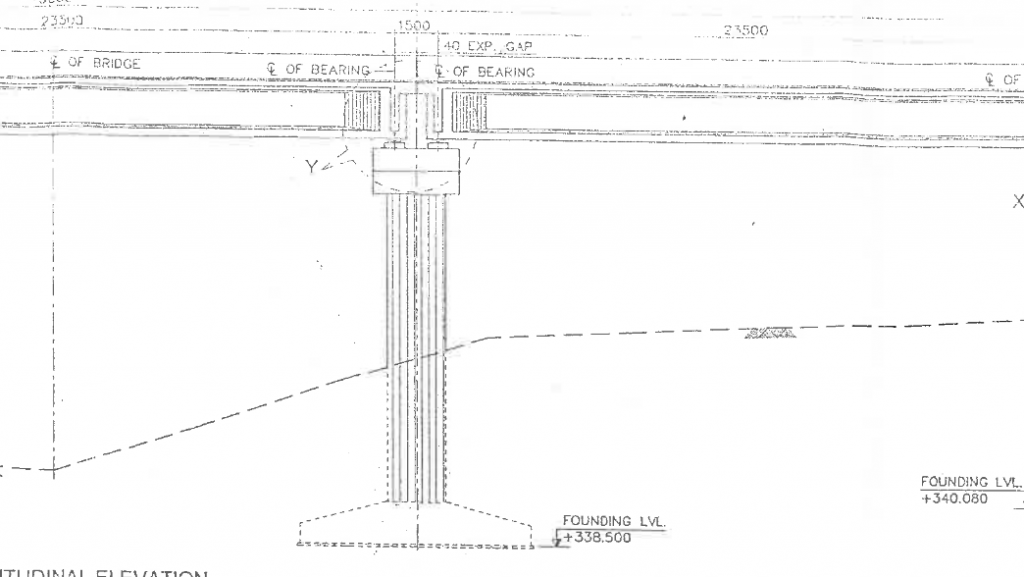
The current pre-tender public works procedure looks something like this: a primary investigation by the concerned department is undertaken to assess the financial and technical feasibility of the proposed project with approximate estimates, which when gets the consent of the department goes for a detailed investigation that if gets the technical approval comes out as the document for tender and work contract – including drawings, bill of quantities and specifications.
Nowhere in this two-stage investigation and approval process, ecological feasibility is examined as an independent factor in the work project. But this stage is quite crucial as the project once notified for tender almost never gets terminated and extensively revised for environmental reasons. Which is understandable because at this stage a lot of material resource, manpower, and political calculas has already been mobilized. Therefore, climate and environmental activists should focus on the policy framework determining the initial approval of public infrastructure projects.
Such a framework must become the law of the land – like the Climate Change Act 2008 in the UK. But given the fact that India is reluctant to even revise its climate goals that is a very difficult task. And even such a law with strict emission targets will not be sufficient to govern particular projects because the impact of a single work, especially small projects like single lane roads, is usually very low even over the infrastructure’s lifetime. But the cumulative effect of all projects in a region or of a megaproject with various sub-projects – like Sagar Mala do have a massive greenhouse impact.
Hence the need for planning. Planning will not only make the ecological assessment and hence the construction of a range of public infrastructure (and possibly private infrastructure) within the biophysical limits of the planet but also give the opportunity to make more just and equitable infrastructure – where the relationships of various projects and their relationship with society and classes within it is better scrutinized.